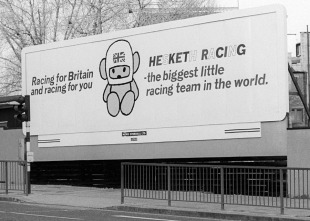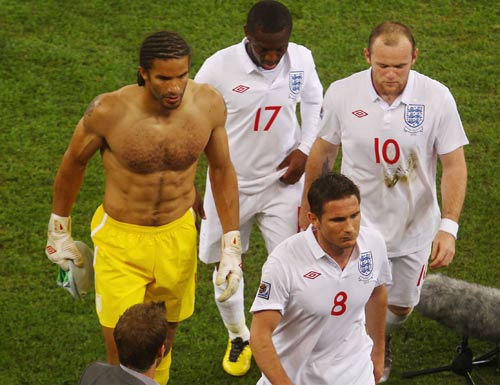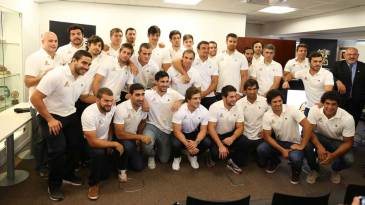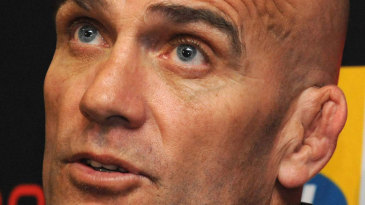
F1 car launches aren't what they used to be. Gone are the days when teams went to great lengths to impress journalists with smoke machines, strobe lights and a newly-signed Ralf Schumacher. Nowadays a black sheet, a cold Valencia pit lane and a quick photoshoot has to suffice before the team gets on with the real business of testing.
But that doesn't mean they have to be boring. On a cold morning in early January 1974, Hesketh Racing broke all the rules when it unveiled its car with the help of nothing more than a teddy bear and a drop of whiskey.
The man behind the festivities was Lord Alexander Hesketh, who had summoned the world's media to his stately home in Easton Neston. Hesketh, who nicknamed himself Le Patron, had decided to go racing in Formula One the previous year with a customer March 731 chassis, a team manager named Anthony 'Bubbles' Horsley, a chief engineer called Doctor Harvey Postlethwaite and a raffish young driver by the name of James Hunt.
To everyone's surprise the 1973 season had gone very well and Lord Hesketh soon started to put together a plan to take on the F1 establishment over the next few years.He wanted to do it on his own terms and set Postlethwaite to work in the stable block of his mansion to create a brand new chassis. The initial plan was to build a V12 engine to go with it, but this was at a time when only Ferrari and BRM built their own engines and everybody else used the powerful and reliable Cosworth DFV V8.

"For me," the Lord pontificated, "Bubbles is the man who has made Hesketh Racing what it is. He is the guy who revs James up, the guy who stops the doctor from falling asleep as he is prone to do when thinking about wings and ride heights and such things..."
Lord Hesketh also took the opportunity to launch his campaign to "Back British Bears", and stuck a "Super Bear" mascot on the front of the 308. The meaning of this was slightly lost at the time - and still is now - but to help the journalists understand, a book called The Heavily Censored History of Hesketh Racing (copies of which are still on sale online) was published and handed out by Horsley.

After the Lord had finished his speech and retired back to bed, the 308 was transported to Silverstone where it completed 12 laps of inconclusive testing in the wet. The decision was taken to delay its introduction until after the opening rounds of the championship in South America, and it was not run in anger until the non-championship Race of Champions at Brands Hatch. The cold conditions suited its Firestone tyres and Hunt took a remarkable pole position on the 308's debut. But on a soaked track on race day he spun off after just four laps and the true potential of the car remained in doubt.

What started out as an ambitious project in Lord Hesketh's stables had now beaten some of the biggest and best names in motorsport. The following year Postlethwaite further modified the 308 to create the 308B, which went on to win the Dutch Grand Prix ahead of the Ferrari of Niki Lauda.
Whether Hesketh's success led to bears breeding at an unprecedented rate in Britain is less clear, but a small and bizarre chapter had been written in the history of motorsport.
Laurence Edmondson is an assistant editor on ESPNF1
© ESPN Sports Media Ltd.
 Laurence Edmondson is deputy editor of ESPNF1 Laurence Edmondson grew up on a Sunday afternoon diet of Ayrton Senna and Nigel Mansell and first stepped in the paddock as a Bridgestone competition finalist in 2005. He worked for ITV-F1 after graduating from university and has been ESPNF1's deputy editor since 2010
Laurence Edmondson is deputy editor of ESPNF1 Laurence Edmondson grew up on a Sunday afternoon diet of Ayrton Senna and Nigel Mansell and first stepped in the paddock as a Bridgestone competition finalist in 2005. He worked for ITV-F1 after graduating from university and has been ESPNF1's deputy editor since 2010

